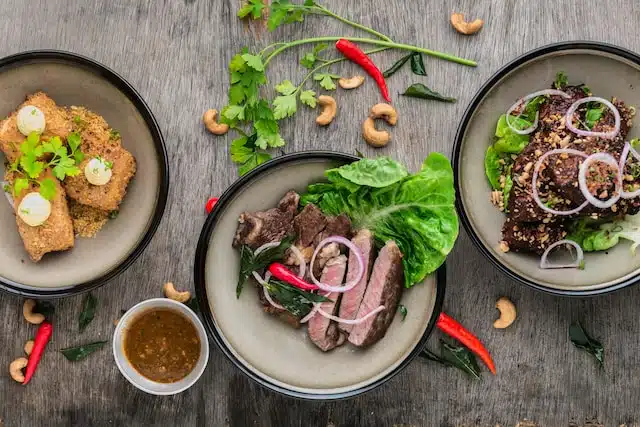
If you have been diagnosed with histamine intolerance, or have been advised to follow a low histamine diet, this guide will help you understand what it involves. Histamine is a chemical your body produces as part of your immune and digestive systems. Some people have trouble breaking down this compound, leading to an excess in their bodies which can trigger symptoms such as headaches, hives, diarrhea, vomiting, and nasal congestion.
This comprehensive guide outlines low histamine food choices that may reduce your symptoms and help you feel better.
Introduction to Low Histamine Diet
The objective of a low histamine diet is to limit your consumption of foods high in histamine and avoid foods that trigger histamine release. This can help regulate histamine levels in your body and alleviate symptoms.
Foods to Avoid
Certain foods naturally have high histamine levels, while others can trigger histamine release in your body. Here is a list of foods to limit or avoid:
Fermented foods: These include sauerkraut, vinegar, soy sauce, kefir, yogurt, and kombucha.
Processed or smoked meats: Salami, ham, sausages, and other processed meats often contain high levels of histamine.
Certain seafood: Shellfish and fish that isn’t freshly caught can have high histamine levels.
Certain cheeses: Aged cheese like cheddar, gouda, and camembert have high histamine content.
Alcohol: Beer, wine, and champagne can increase histamine levels.
Certain vegetables: Spinach, eggplant, and tomatoes have a relatively high histamine content.
Preserved foods: Pickles, mayonnaise, olives, and jams often contain high levels of histamine.
Certain fruits: Citrus fruits, strawberries, cherries, and grapes can trigger histamine release.
Recommended Foods
While it’s crucial to avoid or limit certain foods, a low histamine diet isn’t just about restriction. Plenty of nutritious foods are naturally low in histamine:
Fresh meat and poultry: As long as they are cooked and eaten promptly after purchasing.
Freshly caught fish: Histamine levels in fish increase after they’re caught, so eat fish as fresh as possible.
Eggs: They are generally low in histamine and can be a great source of protein.
Fresh fruits: Mangoes, pears, kiwis, apples, and berries (except for strawberries).
Fresh vegetables: Most veggies are low in histamine, except for spinach, tomatoes, and eggplant.
Whole grains: Rice, quinoa, oatmeal, whole grain pasta, and bread are generally well-tolerated.
Dairy substitutes: Coconut milk, rice milk, almond milk, and oat milk are generally well-tolerated.
Fresh herbs: Most herbs are low in histamine and can add flavor to your dishes.
General Tips
Always opt for fresh foods and avoid leftovers when possible. Histamine levels increase over time, particularly in protein-rich foods.
Cook at home whenever possible. This allows you to control the ingredients and preparation.
If you have severe histamine intolerance, it may be beneficial to keep a food diary to identify personal triggers.
Disclaimer
This guide is a general overview and should not replace professional medical advice. Everyone is different and what works for one person might not work for another. Always consult with your healthcare provider or dietitian before making significant changes to your diet.

